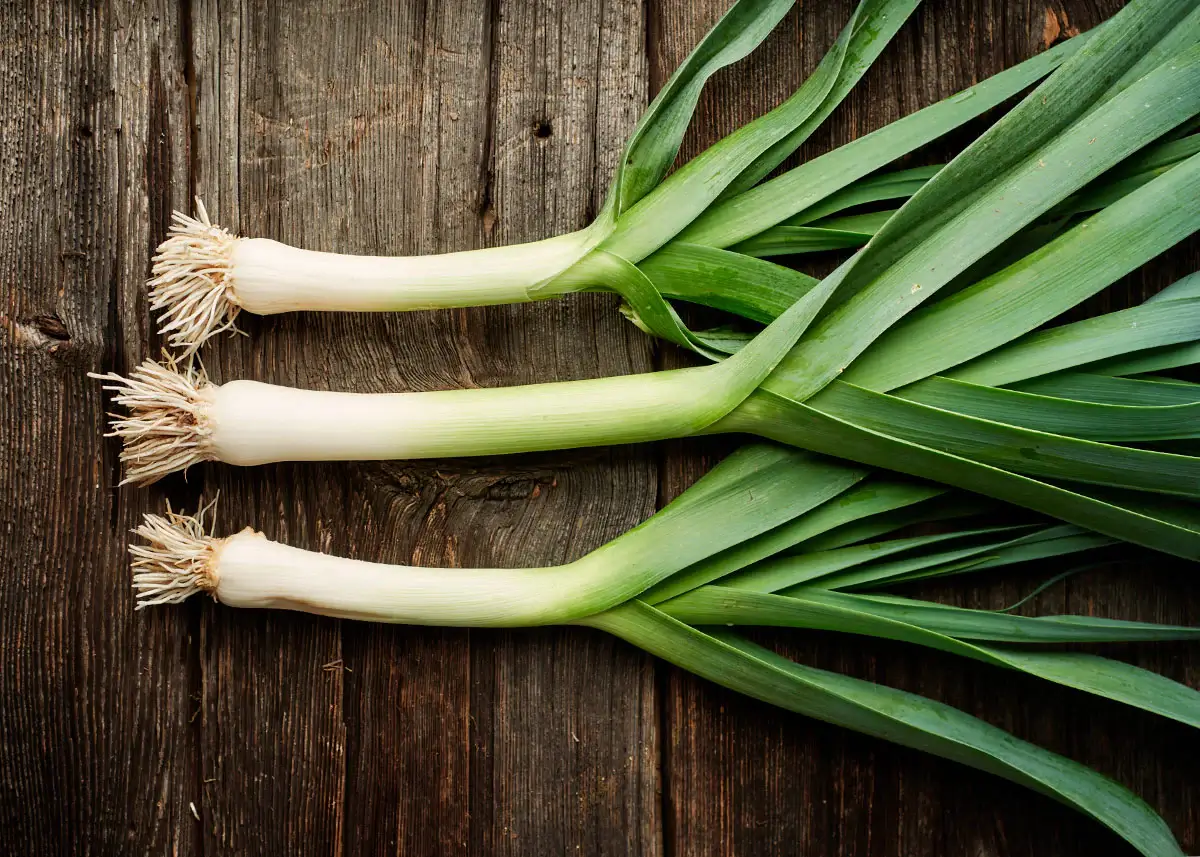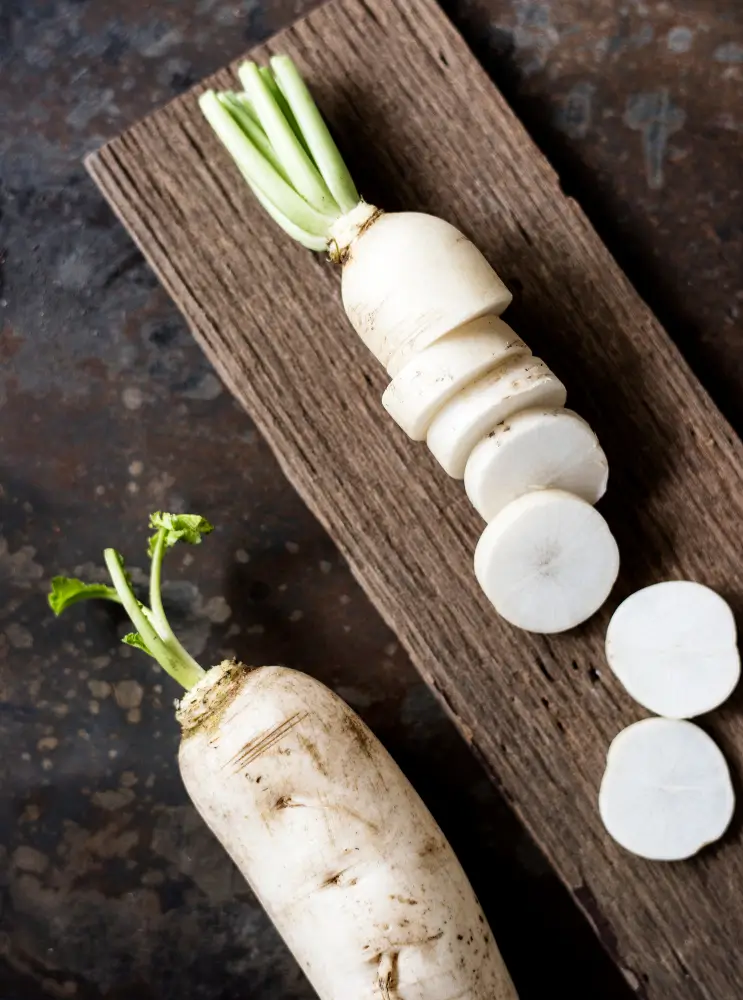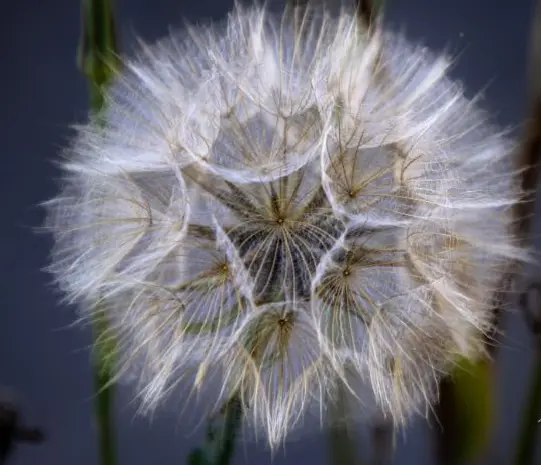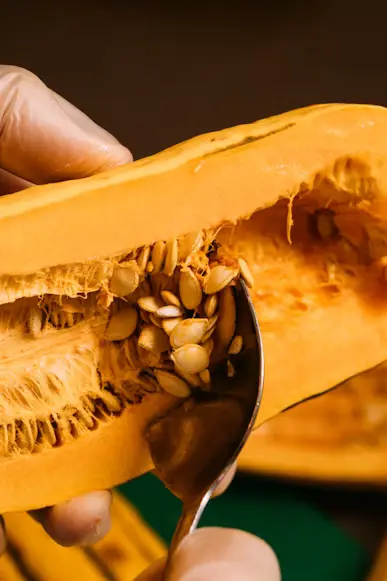
Soil Health & Fertilization
We unite suppliers and green industry professionals worldwide
Leek American Flag is a cold-hardy heirloom that provides gardeners with some tender and mild deliciousness in a stem and this one is ideal for cooking.
By Victor Miller
|Published on September 24, 2025


Leek American Flag (Allium ampeloprasum var. porrum) is an old, reliable type with a mild onion flavor, excellent tolerance to cold and long white shanks. Also called “Giant Musselburgh” or just “Flag Leek,” this heirloom variety comes from Europe, but has been well-loved in American gardens since the late 1800s.
The American Flag leek is especially beloved among gardeners as it’s simple to cultivate, frost hardy, and makes a versatile ingredient for soups, stews and sautés. Leeks are not like onions as they do not form any bulbs. Instead, they grow thick stems that will last several months to be harvested. The extended growing season is a treasure to those with patience as they can get continuous nourishment of delicious and healthy vegetables.
| Scientific Name | Allium ampeloprasum var. porrum |
| Common Names | Leek, American Flag Leek, Giant Musselburgh Leek |
| Family | Amaryllidaceae (Amaryllis/Onion family) |
| Genus | Allium |
| Species | A. ampeloprasum |
| Cultivar | ‘American Flag’ |
| Related Crops | Onions, garlic, chives, shallots |

September 25, 2025
9 minute read
September 24, 2025
9 minute read
September 23, 2025
10 minute read
September 22, 2025
9 minute read


Join as a seller and connect with thousands of B2B buyers nationwide!
Sign Up

Daikon Radish
Daikon radish is a large white root vegetable used in a lot of Asian dishes. It has a subtle flavor; it is somewhat sweet and slightly peppery. This is one of the veggies that tastes sweet and crispy, juicy, and refreshing raw or cooked.

Dandelion Mammoth
The Dandelion Mammoth is the larger and stronger version of the common dandelion. It is liked by gardeners, herbalists, and farmers. The plant is loved by people because of its size and useful qualities. It is a perennial herb that would do well in most c

Dandelion
The dandelion, this cheerful yellow-flowered common wild plant, adorns hundreds of landscapes. It grows in lawns, fields, meadows, and even cracks of sidewalks; for it is extremely adaptable towards where it can grow.

Delicata Squash
Delicata squash is a favorite winter squash variety widely beloved for its delicate, rich flavor and thin-skinned properties. This squash will give a rich,creamy-like texture and its bright skin with stripes makes it very desirable for many culinary uses.
American Flag leeks are commonly blanched (this means that the edible parts are covered with soil or mulch) to create longer and whiter stems. It softens and the green, fibrous part shrinks, offering a more tender bite.
Leeks are more than a garden staple. They’re a kitchen essential.
Overwinter Harvesting: In cooler regions, leave leeks in the ground and pick them fresh throughout the winter.
Leek American Flag takes time and patience but is all-purpose in nature, making it a dependable vegetable.
Leek seeds are so small that they can be easily located.
Seeds of leeks require warmth and time to grow.
Leek American Flag seeds are reliable, although people have to store them and handle them in a proper manner to preserve their germination capacity and vigor.
Leeks are seed-propagated.
Leeks are robust, but a couple of risks are out there:
Good soil, rotation, and spacing will prevent most problems.
Leek shelf life is extended with correct storage after it is harvested.
Leek American Flag is a cold-hardy heirloom that provides gardeners with some tender and mild deliciousness in a stem and this one is ideal for cooking. It takes a long growing season and a commitment to patience, but it earns its place by being versatile in the kitchen and durable in the garden. With the right blanching, watering, and pest control, it will last into the winter months with fresh greens.
Some 120 to 150 days from planting to harvest.
Yes, people can leave them in the ground and pull them through the winter, in many climates.
Leeks do not produce bulbs; instead, they form large, long, succulent stems that are milder and sweeter than onions.

Soil Health & Fertilization
Victor Miller

Pest Identification & Prevention
Victor Miller

Lawn Care Tips & Maintenance
Victor Miller

Soil Health & Fertilization
Victor Miller

Smart Irrigation Systems
Victor Miller

Patios, Walkways & Driveways
Victor Miller

Soil Health & Fertilization
Victor Miller

Pest Identification & Prevention
Victor Miller
My Account
Our team is always here to help.
We are open Monday - Friday, 9:00 AM to 4:30 PM PST.